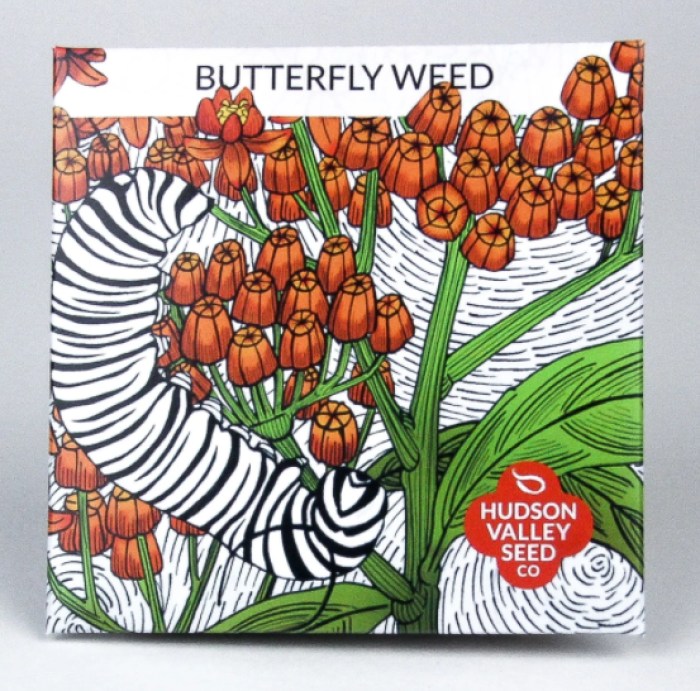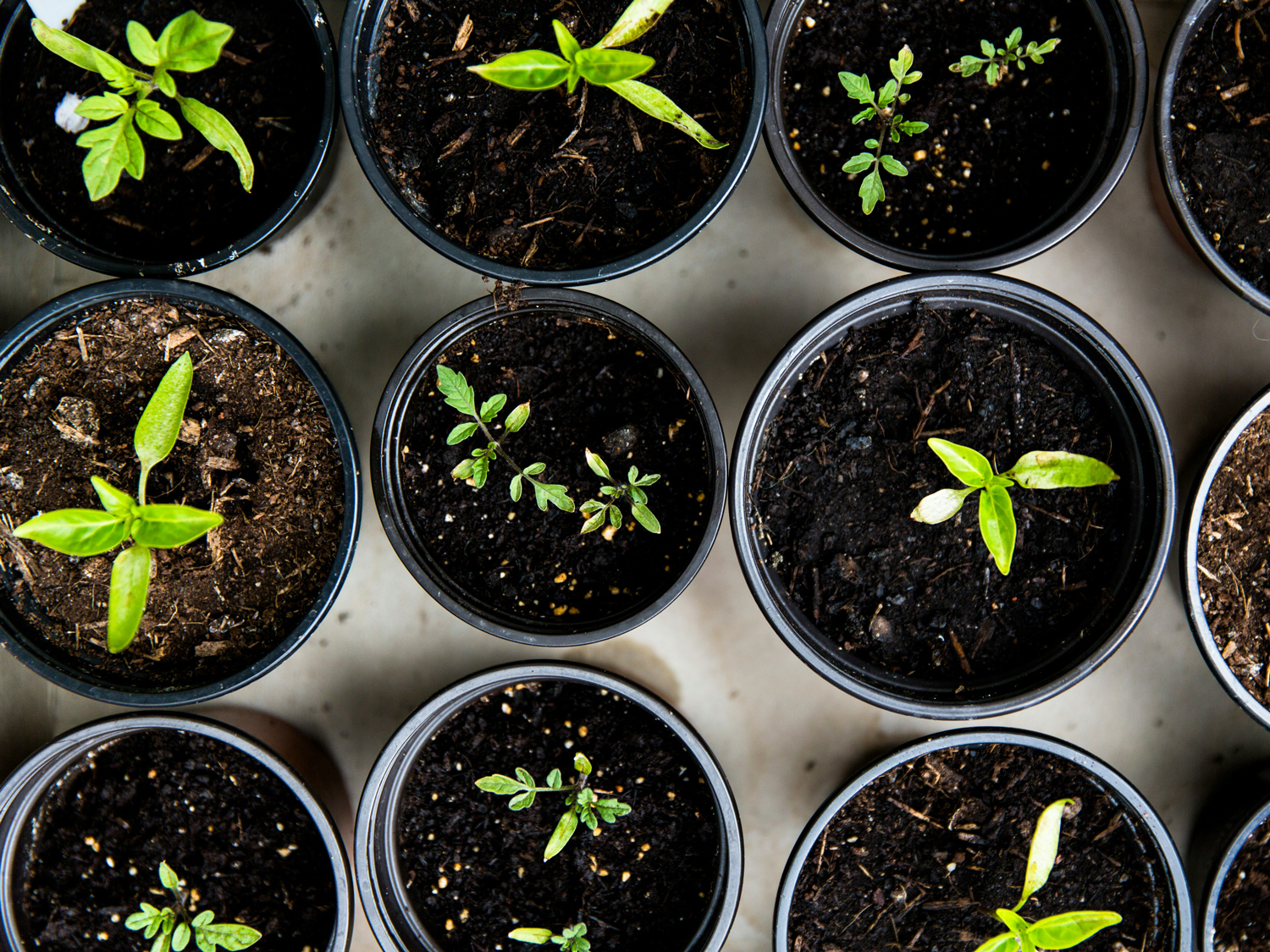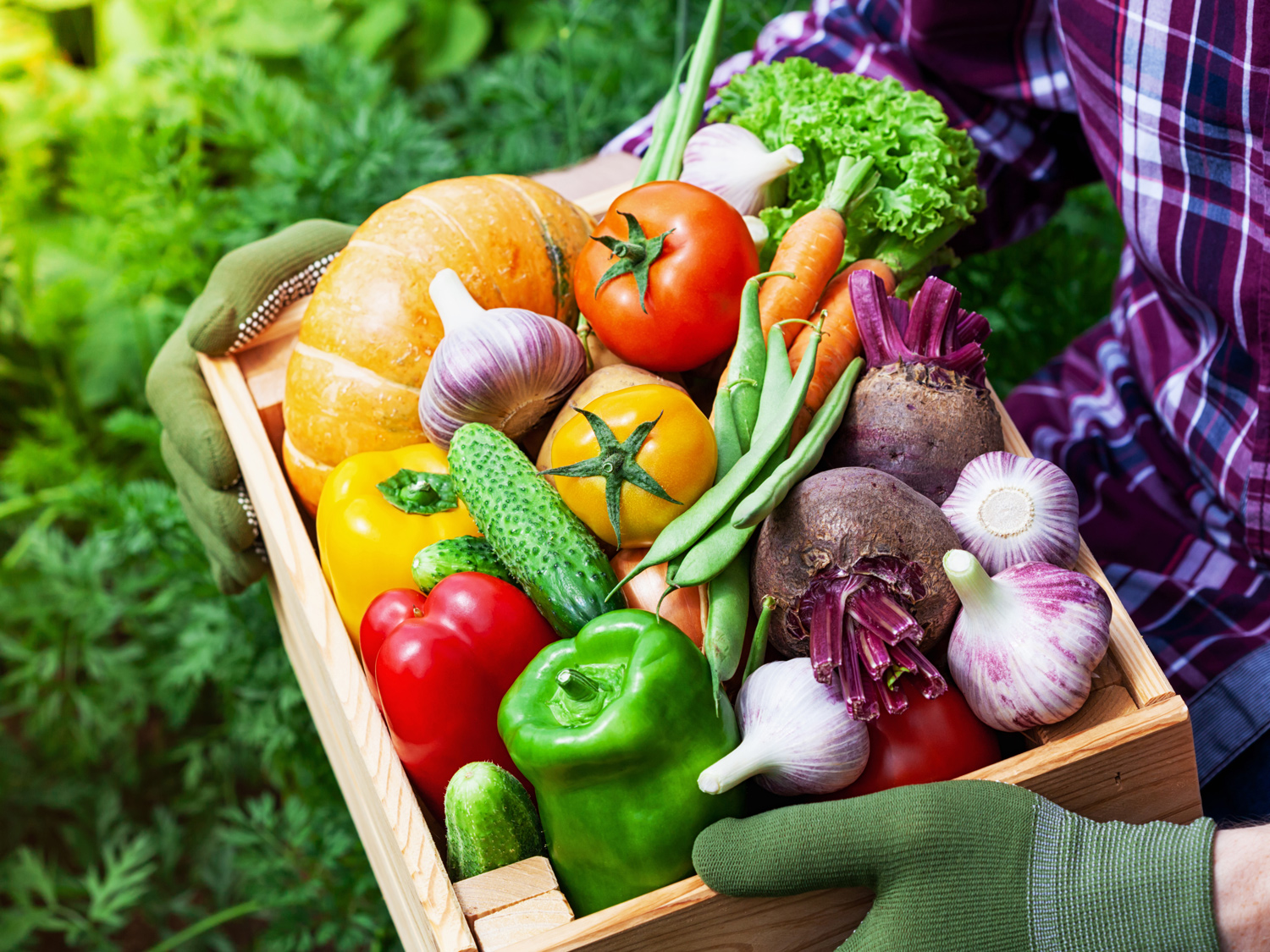Asclepias, Butterfly Weed ~ 50 seeds


Out of stock
Temporarily Out of Stock- Sun Preference
- Full-Sun
- Bloom Time
- Summer
Description
Asclepias tuberosa
Build a buffet for the butterflies!
Keeping butterfly populations happy and robust is a team effort, one that cannot be achieved by plantings of Common Milkweed alone. Although related, Butterfly Weed is a different species, with a wider native range and a habit and growth schedule that is all its own. It tends to flower for a longer duration of time than Common Milkweed, and it lacks milky sap. The nectar within its blooms attracts butterflies of all types, and the larvae of monarchs feed on the leaves. Long live the lepidoptera!
Seed Starting Successfully
Start your garden from scratch with Gertens' wide variety of seed packets! Whether you're a seasoned gardener or just starting out, we have seeds for every skill level and garden size. From colorful flowers to delicious vegetables, our seeds are carefully selected for their quality and performance.
Details
Keeping butterfly populations happy and robust is a team effort, one that cannot be achieved by plantings of Common Milkweed alone. Although related, Butterfly Weed is a different species, with a wider native range and a habit and growth schedule that is all its own. It tends to flower for a longer duration of time than Common Milkweed, and it lacks milky sap. The nectar within its blooms attracts butterflies of all types, and the larvae of monarchs feed on the leaves. Long live the lepidoptera!
Growing Instructions
For spring plants, cold-stratify seeds by sowing directly into soil from fall through winter. Or, sow 8-10 weeks before last frost in deep seed-starting pots about ¼" deep, in rich, damp soil. Cover and refrigerate for 3-4 weeks. After refrigeration, move to a 70-degree, well-lit spot for germination, which usually occurs in 14-21 days. Transplant outdoors after frost in an area where plants can naturalize and live for years. Perennial (plants may bloom late in the first year, or not until the second year).
Quick Facts
Days to Maturity: 365 days
Planting Depth: ¼"
Spacing in Row: 15"
Spacing Between Rows: 18"
Sun Preference: Full Sun
About the Artist
Artwork by Nancy Blum. Nancy's rendering is composed of an appealing combination of ink, gouache, and colored pencil. It is the second in her series depicting Monarch-sustaining plants. In this work, the caterpillar is in position to start spinning its cocoon.
More Information
| Brand | Hudson Valley Seed Co |
|---|---|
| Seed Packet Type | Flowers |
| Common Family Name | Milkweed |
| Sun Preference | Full-Sun |
| Deer Resistant | No |
| Bloom Time | Summer |
| Plant Life Cycle | Perennial |
| Spacing Between Rows | 18" |
| Spacing in Row | 15" |
| Planting Depth | ¼" |
| Days to Maturity | 365 days |


